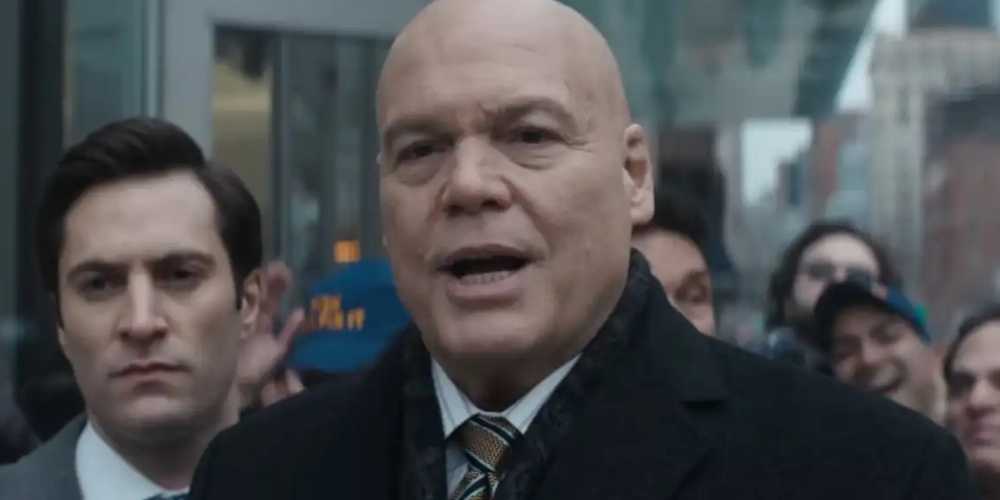As for, Jordan – David Ben-Gurion, or the first Prime Minister of Israel, credited the memory with this The NakbaThe “disaster” would eventually end in disappearance for the hundreds of thousands of Palestinians who were violently expelled from their native land by Zionist militias in 1948.
In 1949, a year later State of Israel I grew up, it was said: “Os velhos morererão and losyounges quecerão.”
It's a vision that Omar Ihsan Yassin, a 20-year-old ophthalmology researcher and third-generation Palestinian refugee living in the Jordanian capital, Ama, relishes.
“I'm sure we'll come back,” he says firmly, pointing to a large iron key that has now opened the heavy gates of the six-door stone house in Salamah, five kilometers east of Jaffa, just a part of Tel Aviv. . Long live Israel.
Shafi occupies a prominent place in Kacera’s exhibition, resembling a shrine to Palestinian identity. It is hung on the wall of his family’s ophthalmologist, next to the sunglasses and angry eyes exhibition.
It contains a collection of memories, including pieces of sand smuggled by family friends from Gaza and Jaffa over a period of two years.
Omar's father, Ihsan Muhammad Yassin, plants a small patch of Jaffa's dirt with gentle reverence, letting a baby tiger pass between his fingers.
The family home burned down during the first bombing Israeli Arab “The war (May 1948-January 1949),” explains the 58-year-old Homem, but Al-Shafi is still a Hrenka and remains a symbol of resistance and the trend of return.
Ihsan has lived his entire life in Al-Wahdat, a chaotic and crowded Palestinian refugee camp located in the Al-Awda neighborhood, southeast of Amman.
This camp was one of four camps established in Jordan after the Nakba to house tens of thousands of Palestinian refugees, but it has recently become accommodating to a large number of passengers, and has now blended seamlessly into the surrounding areas of southeast Ama.
Like many Palestinians who live their entire lives in these camps, Ihsan still sees this as a temporary solution before his family can return to their original homeland.

He breathes deeply as he remembers the memories his country gave him. Behind him, the walls are covered with pictures of Palestinian intellectuals, including the poet and writers Mahmoud Darwish and Ghassan Kanafani.
Ihsan's vivid descriptions paint a picture of a family living in a united community and spending nights in their unconventional courtyard, singing and dancing and surrounded by fruits, including the world-famous Jaffa plants, which thrive in temperate regions. Mediterranean climate.
The happy flames also turn into violent flames after a while HaganahA Zionist military force stormed the village.
He pasted the diamond that belonged to his mother, registered with the lyrics of a song called Omi (Minha Mai).
Aseel Yasin, Ehsan's 28-year-old son, joins his father and brother as he checks into Bengal and sings an impromptu song.
Ihsan continues, but his words falter and his eyes reveal a generation's deep trauma.
He opens the case firmly in his hand, and says that the local authorities will determine the countries to which he can return within a week, until the violence ends, and then they will beat the child, kill some of the bad guys, and leave for Vaixa de. Gaza.
“We never sold our original land. But I saw that I paid or paid for it.”
It turned a week 19 years after the family was uprooted again when Israel seized the remaining Palestinian territories in the 1967 war, an event also known as “Naksa,” which means setback or defeat.
Ihsan's mother, who was six months pregnant, had to walk with him from Gaza to Ama, one tiring day for a month, in the stifling heat of the Negev Desert.



